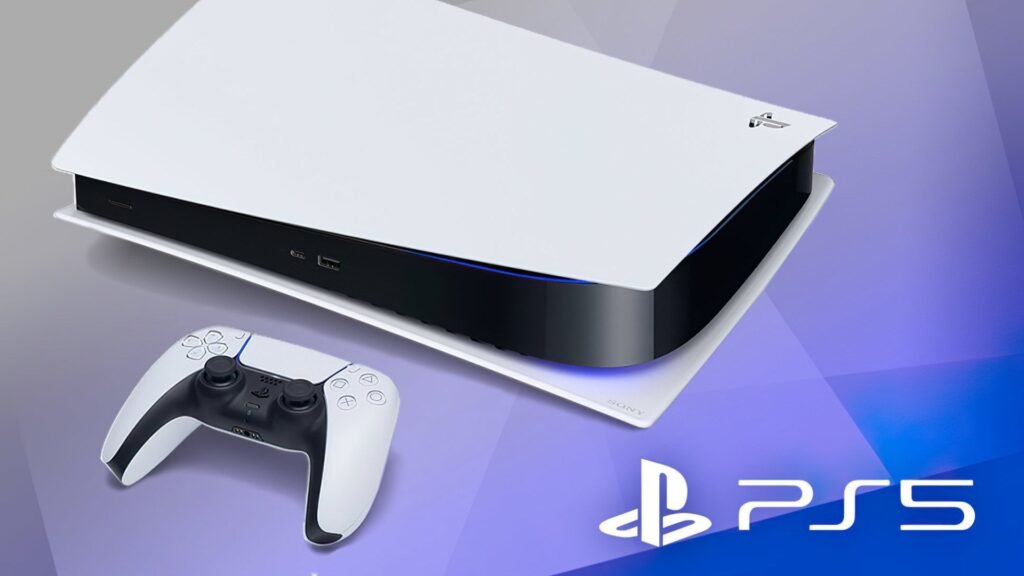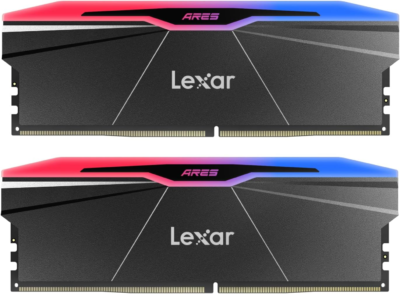PlayStation 5 Tear Down What’s Different From The Previous Generation?

The PlayStation 5 will launch in a new version this month, and there is already an overview of what Sony has really changed with the redesign. The console will be lighter and smaller – but you shouldn’t expect a slim version.
PS5 Redesign: What’s Really Changed?
You should probably be happy that Sony didn’t opt for a radical slim version when redesigning the PS5. This means that the console’s powerful hardware has the space it needs to breathe without much effort. Overall, the new model reduces volume by around 30 percent.
As shown in the first teardowns of the new model, which have been published by the YouTube channel “Linus Tech Tips” (LTT), among others, you get a lighter, more compact PS5 even without an official slim title, with some exciting additional adjustments.
Sony is adjusting the panel design on the sides of the new PS5. Instead of two, the hardware is now enclosed by 4 separate panels. Small detail: the lower panels have a matte finish, and the upper ones are glossy. The cover can still be removed without tools, and this also applies to the new Blu-Ray drive that Sony is installing – a very simple and good solution.
In the upper area of the ventilation, Sony has dispensed with the prominent fan slots of its predecessor, which should make production much easier at this point. The connections are also easy to make. There are now two USB-C ports in the narrower front strip. The back remains unchanged in terms of ports.
Sony is using a new model for the fan, but you should exercise caution when disassembling it. As LTT notes, four different screws are used for the component, and the same applies to the rest of the housing. Apart from the colorful selection of screws, opening is very easy.
Last but not least: It is not yet known whether Sony will also use a new chip in the new PlayStation. But the teardowns provide a clue. Since the power requirement doesn’t seem to have changed, it can be assumed that Sony is only relying on a new design of the circuit board, but the processor itself remains unchanged…
Digital marketing enthusiast and industry professional in Digital technologies, Technology News, Mobile phones, software, gadgets with vast experience in the tech industry, I have a keen interest in technology, News breaking.











